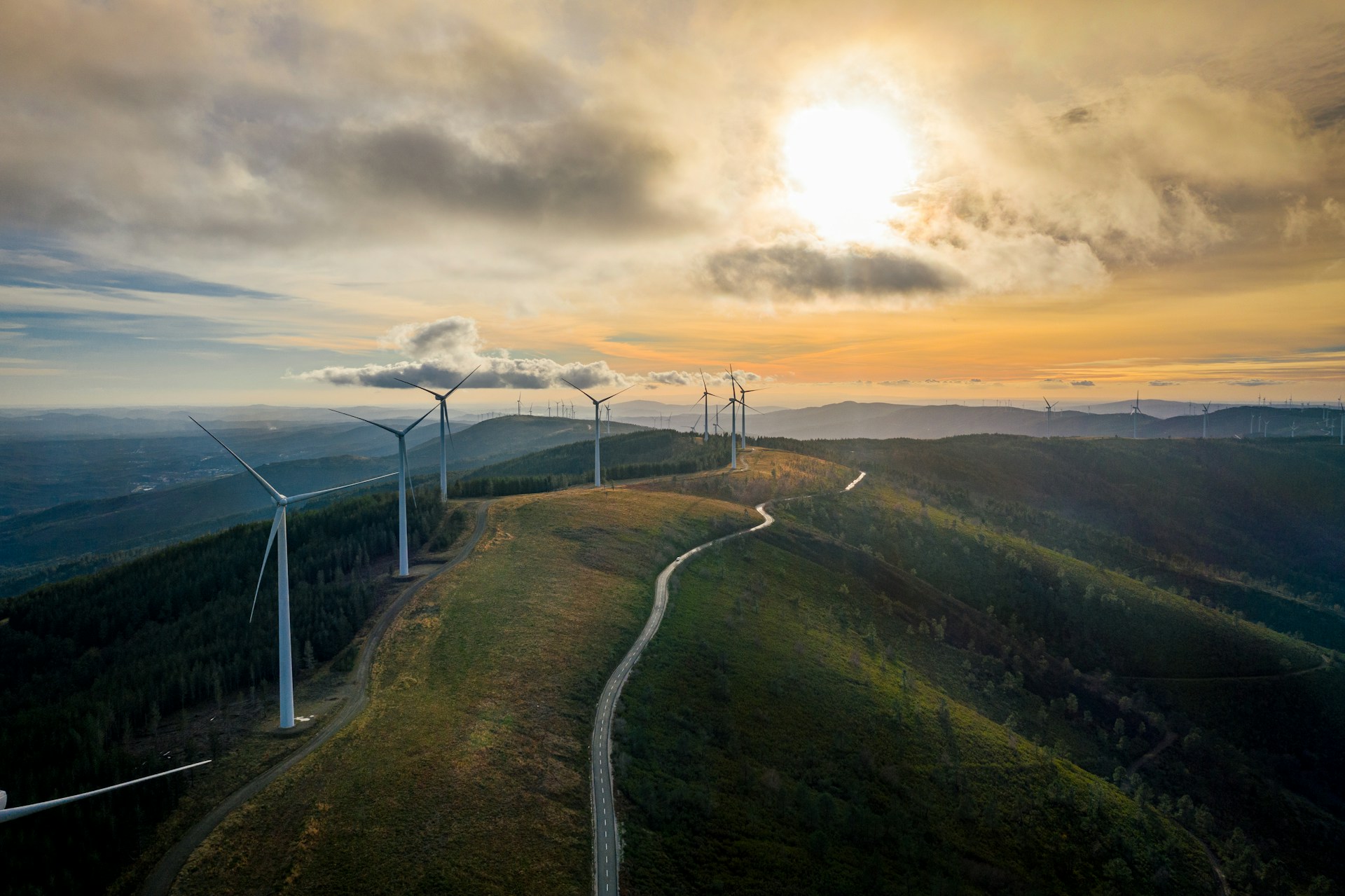Research being conducted by Swinburne Sarawak is transforming Malaysia’s clean energy goals into practical, cost-efficient strategies for a low-carbon future.

Many across Malaysia have noticed it: hotter days, sudden downpours, longer dry spells, and more frequent flooding. These impacts of climate change are no longer distant warnings from the scientists, they are part of our daily reality and are reshaping our environment, economy, and daily lives.
Malaysia’s Push for Clean Energy
As of 2024, Malaysia’s carbon emissions per capita stand at 3.4 tonnes of CO₂. This is nearly double the global average of 1.8 tCO2.
The country’s electricity system still relies heavily on fossil fuels, which make up 81% of the power mix. National and state governments are taking bold steps to shift our energy systems to cleaner energy sources.
At the federal level, Malaysia has introduced several key frameworks. These include the Twelfth Malaysia Plan, the Low Carbon Nation Aspiration 2040, and the National Energy Transition Roadmap (NETR). In 2024, NETR sets a target of 70% renewable energy by 2050, driven by greater adoption of solar, hydropower, bioenergy, and green hydrogen.
In parallel, Sarawak is pushing forward with its clean energy agenda. Through the Post-COVID-19 Development Strategy (PCDS) 2030 and the Sarawak Hydrogen Economy Roadmap, Sarawak is positioning itself as a forerunner of clean energy innovation in the region.
But plans on paper are only the beginning. The real challenge lies in converting roadmaps into action, and that requires informed strategies backed by research.
Research that Translates Vision into Viable Action
As a PhD researcher at Swinburne University of Technology Sarawak Campus, my research focuses on developing an integrated energy planning model designed to turn bold climate ambitions into implementable strategies.
Instead of stopping at high-level targets, the model maps out practical, cost-efficient transition pathways for renewable energy development, tailored to real-world constraints. Built using advanced optimisation tools like AIMMS, the model generates spatially detailed insights to guide infrastructure planning, pinpointing where to build, which technology to prioritise, and when to invest.
The model takes a comprehensive, system-wide approach to energy planning. It evaluates how various energy generation technologies can complement each other within the broader energy landscape. It also simulates how the system will respond to potential disruptions, such as surges in electricity demand driven by the growth of data centres.
More importantly, it examines how the readiness of grid infrastructure influences the timing and feasibility of deploying certain technologies and how these constraints affect the overall energy configuration.
Designing Resilient, Cost-Effcient Tarnsition Pathways
This research offers more than just a theoretical framework. The output of the model is capable of recommending a practical and evidence-based strategy. By stress-testing multiple pathways, the model enables policymakers to explore trade-offs, test the resilience of the strategies developed, and design coordinated strategies.
In doing so, it bridges the gap between long-term climate goals and the on-the-ground decisions needed to achieve them.
Where Academic Research Meets Policy Impact
At Swinburne Sarawak, research is about creating real-world solutions. The university supports this mission by providing funding, tools, and industry connections to help tackle global challenges, including the urgent need for sustainable energy.
Through close partnerships with government agencies and industry leaders, Swinburne ensures that its research is grounded in practical application. As part of my PhD, I’ve had the opportunity to work with Malaysia’s premier think tank to apply policy perspectives to the energy planning model developed to identify the least-cost transition strategies for the country.
The research examines land-use implications of Malaysia’s large-scale solar deployment as well as how power grid limitations could constrain the generation mix and impact the ability to meet demand, offering valuable insights into optimising infrastructure development while addressing the energy trilemma. This form of academic-industry engagement is a cornerstone of Swinburne’s research philosophy.
Here, students are encouraged to go beyond the classroom, working alongside industry to solve real problems and create tangible outcomes. Such hands-on engagement reflects one of Swinburne’s strategic goals: to engage actively with industry and the wider community.
Energizing the Future: Why Research Is the Missing Link
Solving the climate crisis is not just about bold pledges or new technologies. It’s about the knowledge that connects them. Research has the power to turn complex challenges into actionable strategies, aligning actors across academia, industry, and policy.
In a time where decisions must be swift, smart, and sustainable, research is not just informing the future; it is powering it.
The opinions expressed in this article are the author’s own and do not reflect the view of Swinburne University of Technology Sarawak Campus. Cheng Xin Hui is a PhD Candidate with the Faculty of Engineering, Computing and Science. She is contactable via email at [email protected]

